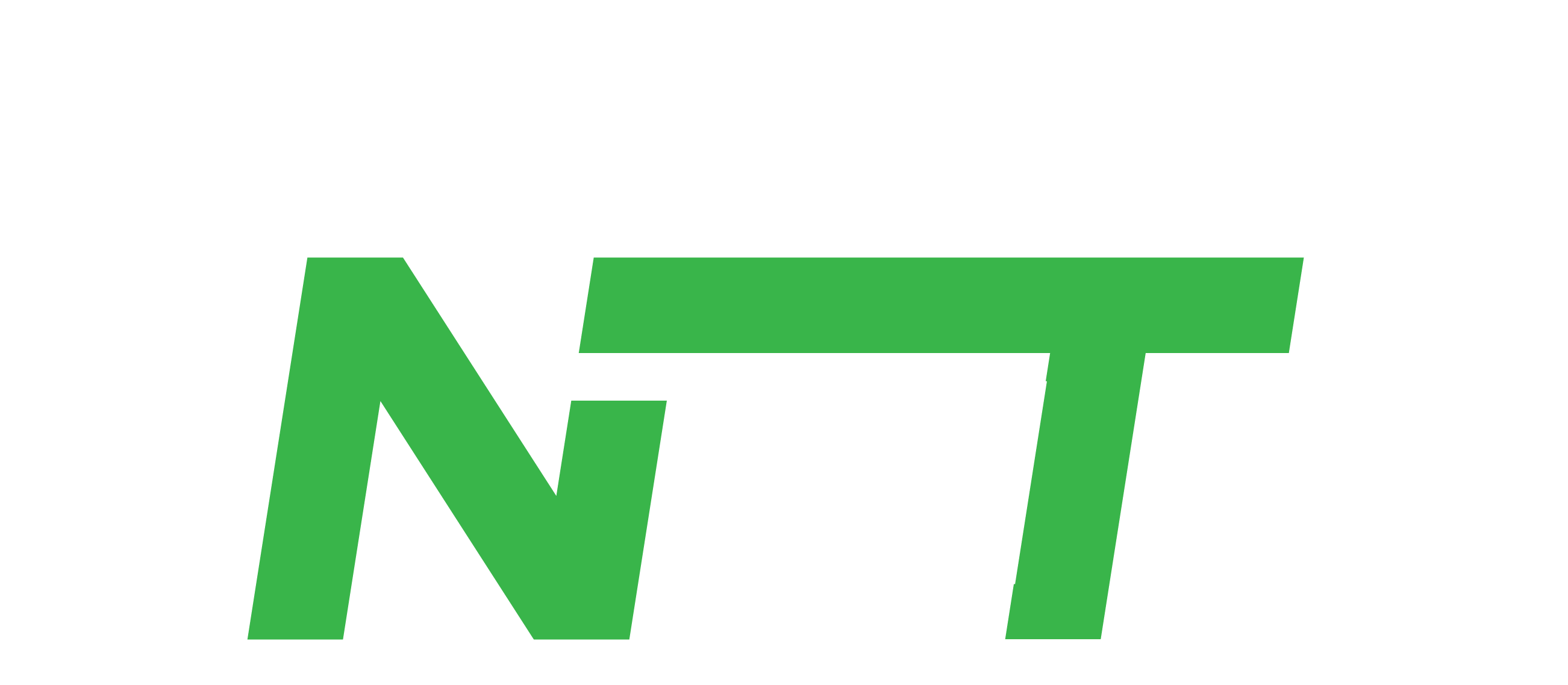Table of Contents
Overview
Profile Picture NFT project’s, or sometimes referred to as PFP, are the most common NFT’s currently in circulation. Although they don’t provide significant utility, it was one of the initial uses (think avatars) for the pilot projects that eventual came to be the ERC-721 standard (now commonly referred to as an NFT). Most collections now a days include some sort of profile picture, as the standard allows for metadata and associated image.
Not all profile picture NFT’s are equal, however. In many cases you will see a profile picture referred to as a 1:1, or handmade, vs generative collection. As the names point out, handmade/1:1 NFTs are crafted one at a time in comparison to a generative collection which is generated programmatically (and generally randomly) using a base set of artwork. Generative collections usually have different traits that are tracked via the meta-data to outline what specific pieces were included to create the final piece.
CryptoPunks is commonly associated with the development of the ERC-721 official standard that the majority of NFT’s follow to this day. It is also one of the top selling and most coveted NFT profile picture collections due to the history associated with it.
Utilization
Utilization of a PFP typically consist of, as it sounds, using it as a profile picture/avatar. There are some additional use cases like displaying it digitally with your house, or even in meta-verse, as well as physically framing and displaying it. In most cases, it is used to symbolize your commitment to the Web3 world as an early adopter, signal your wealth across the internet, or symbolize your support to a specific project.
Many profile picture projects have begun to expand into more real world utility projects as you will see below in the examples.
Pros & Cons
Generative collections are typically larger overall, commonly at ~10,000 units, while handmade projects are generally smaller at <1000 units. The pro’s and con’s of profile picture projects are somewhat limited given the small scope.
Pro’s:
- Most commonly used “utility” in the NFT space
- Adoption of PFP projects is on the rise (Twitter added NFT profile picture support)
- Strong support – many members of PFP projects support each other
Con’s:
- “Real world” utility is lacking
- PFP projects are starting to be considered old
- Nearly limitless quantities of them
Use Cases
Use cases for PFP project’s are also somewhat limited given the scope. However there are still some use cases worth mentioning.
The “Metaverse” is the largest use case, although not fully functioning yet. This includes using it as your virtual avatar within different projects as well as online. Many PFP projects have extremely strong communities of like minded individuals and is a big selling point for PFP projects.
This goes without mention, but as many of these projects have taken off due to their early entrance to the NFT space, many people purchase profile picture projects to actively trade and profit from them. We generally discourage flipping NFT’s and believe buying and holding “blue-chip” projects you believe in will net the best overall return in the long run.
Example Projects
Note: Many projects offer multiple utilities. Projects listed below are only a subset of examples.
